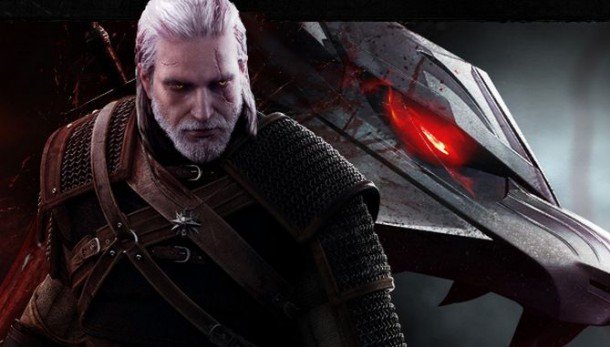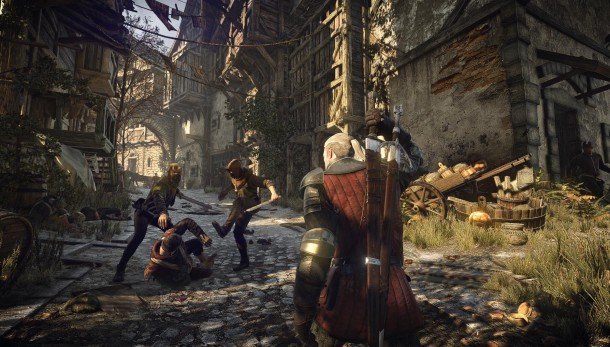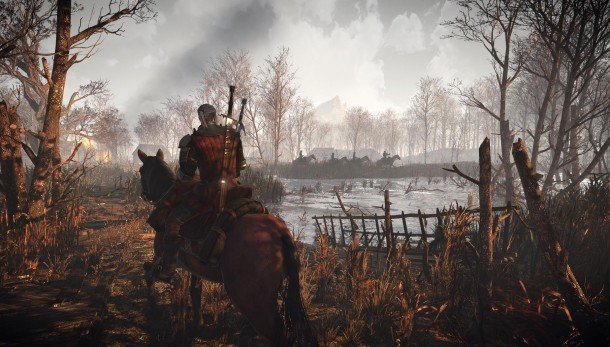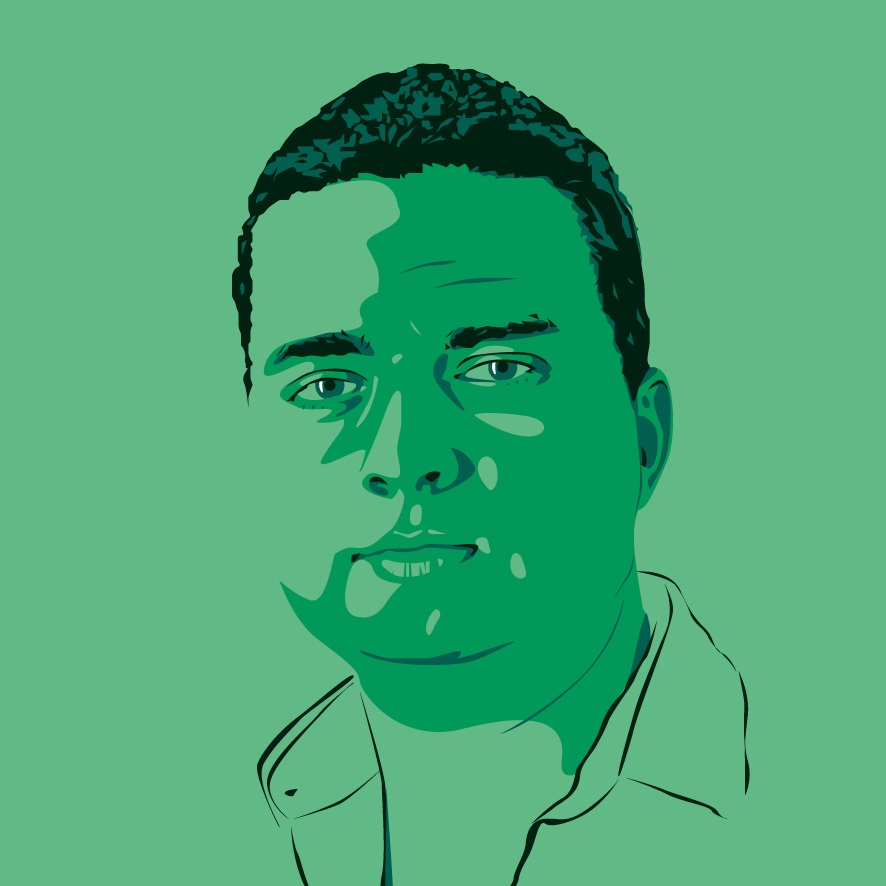The Witcher 3 preview: how to build an RPG with 36 endings

Four quest designers worked on the original Witcher. Its more refined sequel had six. The conclusion to the trilogy, which promises 100 hours of content and a 50-hour story, has more than doubled that. “We have about 14, I think,” says lead quest designer Mateusz Tomaszkiewicz.
Nor have CD Projekt Red simply padded out The Witcher 3's Skyrim-exceeding open world with unimaginative busywork. They've systematically banished fetch quests from the game—or, at least, as much as a team can when making a high-fantasy RPG. It's one of the ways the Polish developers are refining their identity through the creation of The Witcher 3, where quest and narrative design is being meticulously worked and reworked right up until release. The philosophy is, if you need to have a fetch quest, make sure the story does a damn good job of hiding it.
“When we do have these situations, which is rarely, we compensate for it with the narrative,” writer Jakub Szamalek explains. “It'll definitely be an interesting story in itself – you'll be intrigued by the NPC's motives, and where this is all leading. Even when you have a simple structure it's something we're compensating for in the story.”
The reason for abolishing fetch quests? CD Projekt Red don't like them much either. “We are trying very hard to limit such interactions of structures to a minimum because we don't think they're interesting.” Instead, they want to be radical.
The studio's ambition is to further the RPG on all fronts – from big, sprawling decisions that impact the world to the very basic principle of handing an item from one NPC to another. It's a sign that The Witcher 3 could complete the developers' ongoing evolution from rough RPG debutantes to best-in-class.

Mateusz and Konrad Tomaszkiewicz, lead quest designer and game director respectively, list various types of open-world game, including GTA-style sandbox titles, before explaining why Piranha Bytes' Gothic series is the most apt comparison. “It's most similar to our game, I think,” Mateusz says. “A quite perfect combination of storyline and freedom in the open world. It's quite similar, the Gothic series, in terms of quest design and how we organise the story, but our game has a very, very big landscape and Gothic locations were open world...” “...on a smaller scale,” Konrad finishes.
We've written about the size of The Witcher 3's open world in past issues, but it's the detail of that landscape more than the scale that feels unprecedented. Individual blades of grass swaying in the wind, the animation quality of the creatures that bound at Geralt in battle, the sparks flying from his hand during a fire spell and the time-lapse effect of dramatic skies tearing over the monster-killer as he meditates. A lesser PC stands no chance here, and it's not just pretty effects that make The Witcher's world so enticing. The way the game's three regions are shaped by various portions of European mythology and history promise a coherent but still unusual dark fantasy world.
The biggest gaming news, reviews and hardware deals
Keep up to date with the most important stories and the best deals, as picked by the PC Gamer team.
“We have to plan how to cover this big open world with content, which is not easy, because as you know there are some problems with that in openworld games,” Mateusz says. “We want to give worthwhile content to the players in the open world. We have to think about how to avoid repetitive quests, we have to think about how to fill this huge landscape with quests that you will notice and take part in, we have to make the main storyline easy to come back to if you delve into the sidequests, which might be difficult for some players.”

Various activities fill the world outside of the main story, including monster-hunting quests where Geralt plies his trade. Far from the typical open-world filler of recycled character models, these creatures require tracking and hunting down, and each has a backstory. “They involve hunting legendary creatures,” Mateusz says. “They should be tougher to beat than normal opponents. Each encounter contains a unique creature and each of those hunts is unique. They're not repeatable, in the sense that they each have their own plot. You can expect each settlement will have at least one of them, if not more.”
Such 'legendary' creatures can add mythic depth to open-world games, like Skyrim's legendary dragons or Red Dead Redemption: Undead Nightmare's Bigfoot and Chupacabra hunts, where finding them is as much a challenge as killing them. In some cases the idea is to evoke medieval urban legends with the hunts – such tales were the source of several creature ideas for CD Projekt Red's artists. “There were hundreds of Slavic monsters invented in medieval times, and they're all connected to some weird things that couldn't be explained,” says lead character artist Pawel Mielniczuk. He cites the Leshen – the disturbing humanoid tree spirit shown off at E3 – as an example of this inspiration. “The name was quite unique, and we're trying to apply some kind of visual style to how cool the name is. It sounds cool in Polish. I'm not sure if it sounds cool in English.”
Inspiration emerges from other unlikely sources. “I'm not sure I can talk about different games,” Mielniczuk laughs. “But for me personally I love the monsters in Castlevania. They were quite unique, and this game was quite inspiring for me, for example, because these weren't the sort of monsters you'd find in Western games. We're trying to avoid zombies and generic alien things.” When the team needs a specific creature for a quest, the artists work with the quest designers to figure that out. “If the creature has its own unique quest, we need to talk to the people on the quest team.”


